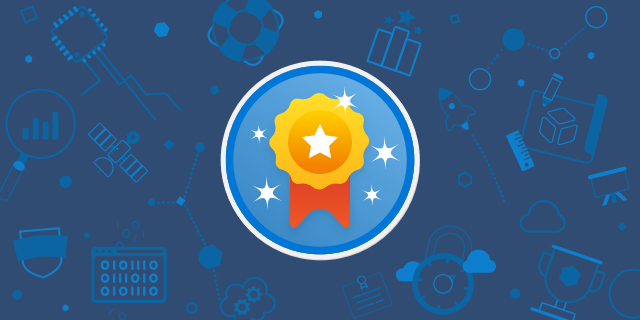Description
In this module you’ll explore the way in which large language models (LLMs) enable AI applications and services to generate original content based on natural language input. You’ll also learn how generative AI enables the creation of AI-powered copilots that can assist humans in creative tasks.
Learning objectives
By the end of this module, you’ll be able to:
- Understand generative AI’s place in the development of artificial intelligence
- Understand large language models and their role in intelligent applications
- Describe how Azure OpenAI supports intelligent application creation
- Describe examples of copilots and good prompts
In this module, you have learned about generative AI, a branch of artificial intelligence that creates new content based on natural language input. Generative AI is typically built into software applications and uses language models trained with huge volumes of textual data to generate human-like natural language responses or even original images. You have also learned about the core concepts related to large language models and how generative AI is being integrated into Microsoft technologies with copilots.
The main takeaways from this module are that generative AI has the potential to revolutionize the way we work by assisting with first drafts, information synthesis, and strategic planning. Copilots, which are AI-powered assistants based on large language models, can be customized for various business-specific applications and services. The quality of responses that a generative AI application returns not only depends on the model itself but also on the types of prompts it’s given. Prompt engineering is the process of improving prompts to produce better results.







